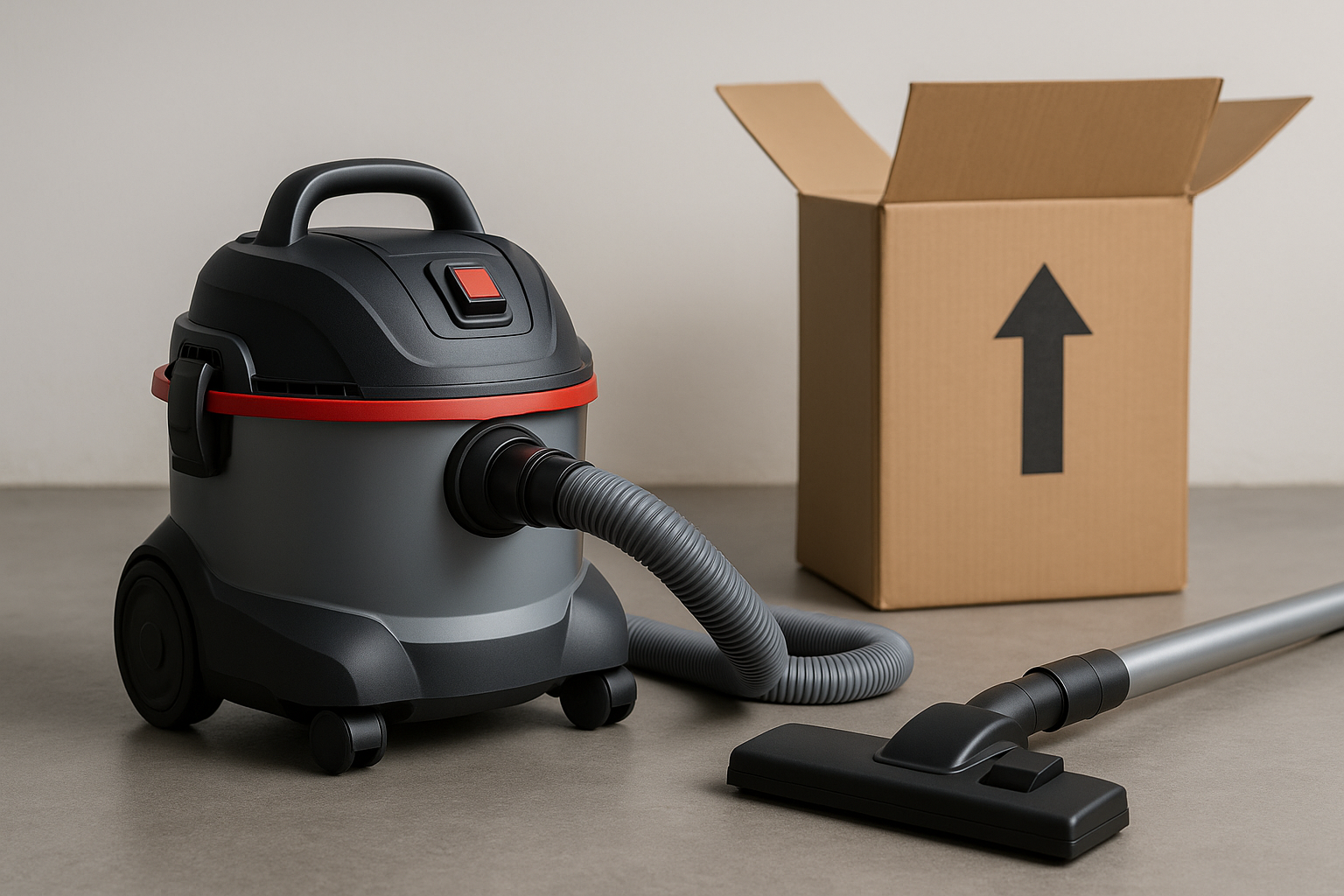In the vacuum cleaner industry, returns can eat deeply into profits. Returns aren’t just about unhappy customers — they tie up inventory, generate extra shipping and handling costs, and require processes that often aren’t optimized. Here are several strategies you can employ to reduce return rates in your distribution network.
1. Strengthen Quality Control from the Start
Start with your suppliers. Ensure that components and finished units meet rigorous performance benchmarks before they ship into your warehouses. Use random sampling and third‑party inspections. For example, inspecting seals, motors, filters and other parts helps prevent defects that often lead to returns. This also includes verifying that product descriptions you get from suppliers are accurate and reflect real performance.
2. Improve Product Descriptions & Customer Expectations
Misalignment between what a customer expects and what they receive is a major cause of returns. Clearly describe suction power, capacity, noise levels, and wet/dry capability. High‑quality images, video demos, and comparison charts can help. For example, showing real applications of Li-ion Cordless Handheld Vacuum Cleaner in household settings helps avoid misunderstandings and builds trust in product claims.
3. Optimize Packaging and Shipping
Many returns result from damage in transit. Use robust, protective packaging, clear instructions on handling, proper cushioning, and labeling. Also, design packages that allow inspection without destroying the packaging. You might also invest in transit damage insurance or partner with carriers reputed for gentle handling.
4. Implement Strong Reverse Logistics Processes
Set up a centralized returns center or hubs in key regions so returned units can be efficiently inspected, repaired or refurbished, and re‑introduced into stock. Track each returned unit: is it defective, damaged in shipping, or simply unwanted? That informs future improvements. Automate processing where possible to reduce delays, reduce costs and avoid customer frustration. Particularly with product categories like Wet Dry Vacuum Cleaners, clear return reasons must be documented to distinguish misuse from product faults.
5. Analyze Return Data to Drive Continuous Improvement
Collect detailed data about each return: reason, product model, distribution center, packaging condition, etc. Use this to spot patterns. Maybe a particular warehouse is generating more returns because of rough handling, or a certain model has recurrent defects. Feedback loops involving R&D, production, and operations teams are key.
6. Enhance Customer Communication & Policy Transparency
Clear return and warranty policies that are easy to understand reduce uncertainty. Provide customers with what to expect if something goes wrong. Offer proactive customer support for set‑up, usage questions, and troubleshooting. For instance, users often return cordless handheld vacuums due to poor battery maintenance—educational guides can prevent such issues.
To address customer satisfaction and operational excellence, the new generation of our products integrates features such as a high-suction performance that remains whisper-quiet, a portable yet durable frame, energy-saving mechanisms paired with efficient functionality, fast cleaning capabilities, lightweight construction, and a large-capacity design that supports wet and dry usage—all seamlessly combined in a smart, self-cleaning, multi-functional powerful vacuum cleaner.
Leading brands like Shark and Tineco have incorporated features such as the 4 in 1 Cordless Smart Wet & Dry Vacuum Cleaner, which combines flexibility with intelligent functions, dramatically reducing returns. For example, studies from MDPI show a 12% decline in post-sale dissatisfaction when smart control and noise reduction features are built-in. (mdpi.com)
In addition, marketing channels should differentiate between residential and commercial models. B2B clients often prefer the Cordless Vacuum Cleaner models with interchangeable batteries for cleaning staff, while individuals tend to choose a quiet vacuum cleaner or Car Vacuum Cleaner for versatility. ReverseLogix offers excellent insight on how segment-specific targeting reduces misfit returns. (reverselogix.com)
You can also refer to NetSuite’s guide on integrating data platforms to better track return causes and streamline workflows. (netsuite.com)
Learn more at www.lxvacuum.com

















